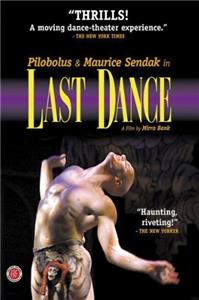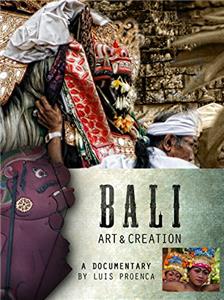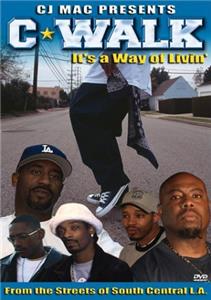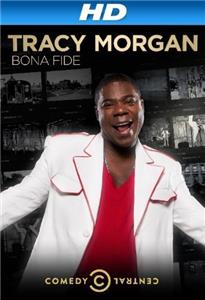Last Dance (2002) Online

- Original Title :
- Last Dance
- Genre :
- Movie / Documentary
- Year :
- 2002
- Directror :
- Mirra Bank
- Cast :
- Robby Barnett,Maurice Sendak,Michael Tracy
- Type :
- Movie
- Time :
- 1h 24min
- Rating :
- 7.4/10
A chronicle, which goes behind the scenes on a stormy collaboration between the iconoclastic dance company, Pilobolus, and legendary author-illustrator Maurice Sendak. Over months of improv work in the studio, they transform a haunting holocaust legacy into a disturbing theater piece. The documentary weaves verite rehearsal, interviews, rare holocaust footage, and performances into a revelation of the creative process. Shot on wide screen digibeta, Sendak with his Night Kitchen Theater partner, Arthur Yorinks and Pilobolus artistic directors Robby Barnett, Michael Tracy, and Jonathan Wolken shows us the tenacity and wit that drive the creative process when serious artists work together.
| Credited cast: | |||
| Robby Barnett | - | Himself | |
| Maurice Sendak | - | Himself | |
| Michael Tracy | - | Himself | |
| Jonathan Wolken | - | Himself | |
| Arthur Yorinks | - | Himself | |
| Rest of cast listed alphabetically: | |||
| Rebecca Anderson | - | Herself | |
| Otis Cook | - | Himself | |
| Josie Coyoc | - | Herself | |
| Gaspard Louis | - | Himself | |
| Benjamin Pring | - | Himself | |
| Cyrus Samson | - | Himself (as Matt Kent) |





User reviews